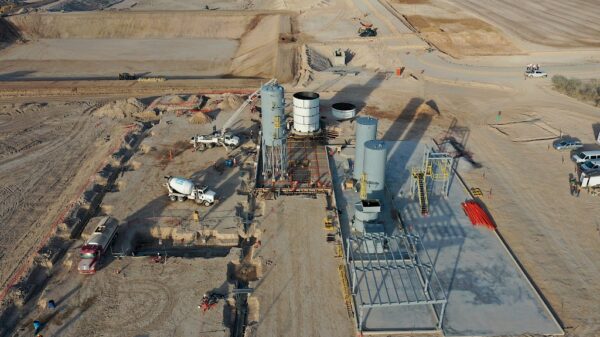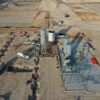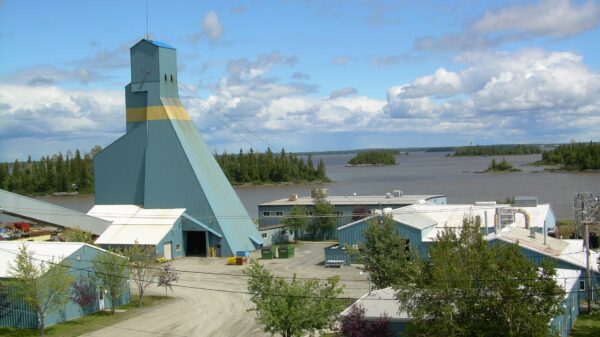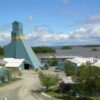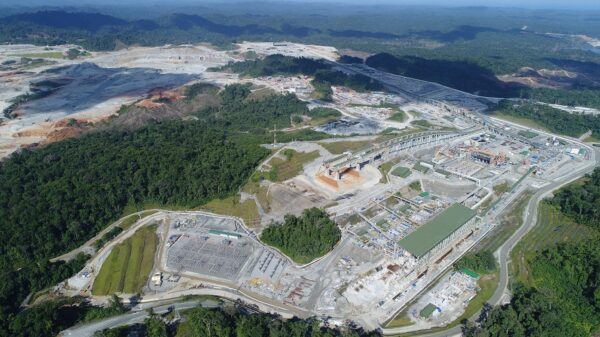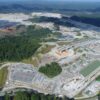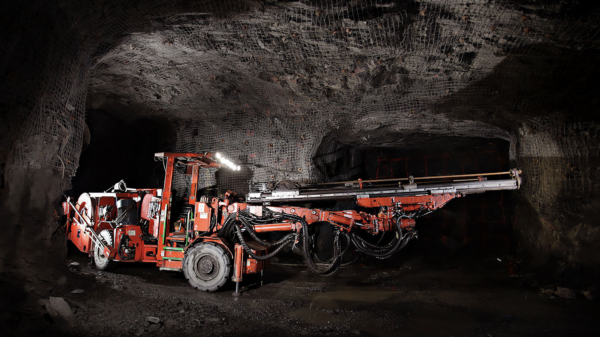Environmental activist groups in Panama are fiercely opposing Orla Mining Ltd‘s (TSX: OLA) (NYSE: ORLA) recently released environmental impact assessment on its Cerro Quema project.
On Monday, local activist groups raised concerns about the potential adverse effects of the miner’s project on the southwestern Azuero region.
The Santeño Front, the Environmental Advocacy Center (CIAM), the Mesoamerican Ecclesial Ecological Network and the Diocese of Chitré and Cáritas Social Pastoral released statements expressing their concerns against the project. They claim the timing of the approval coincides with an ongoing political crisis involving former president Ricardo Martinelli and 14 other politicians and businesspeople who are facing trial for alleged money laundering.
“As the country gears up to face a serious incoming drought related to the El Niño phenomenon, the acting Minister of the Environment, Diana Laguna, approved the environmental impact assessment that green-lights the exploitation of gold in Cerro Quema,” CIAM’s media statement reads.
“For eight years, different environment ministers had avoided approving the project, which involves the use of cyanide and other chemicals, thus endangering water sources in the districts of Tonosí and Macaracas, Los Santos province, an area already subjected to water-related problems.”
Comunicado del Frente Santeño Contra la Minería. 1/06/2023 #DefendamosCerroQuema #Panamávalemássinminería ✊️💚 pic.twitter.com/R9EBTXYoLY
— Panamá Vale Más Sin Minería (@sinmineria) June 2, 2023
Read more: NevGold finds high-grade gold underneath the surface at Nutmeg Mountain
Read more: NevGold assays high-grade silver at Ptarmigan, expands copper trend
Groups argue Panama could end up subsidizing the company
Furthermore, the contract includes fiscal incentives such as allowing the company to deduct up to 70 per cent of its net income for depletion of mining resources. Activist groups argue that this could lead to the Panamanian people subsidizing the company.
These concerns have fuelled opposition to the contract, with organizations calling for greater transparency, adherence to international standards, and a fair bidding process.
This project is situated between the districts of Macaracas and Tonosi in the province of Los Santos and encompasses an area with over 60 water-producing springs.
The complaint is regarding open-pit mining in Cerro Quema, which involves the use of cyanide and other polluting substances in an area of approximately 15,000 hectares, posing a danger to both people and the environment.
This region has rivers that could be contaminated by the chemicals used in the mine. Additionally, there is an additional risk as the mine is located in a seismically active zone of the country.
The Ganaderos Al Rescate (Farmers to the Rescue), Comité de Defensa del Agua y el Ambiente (Committee for the Defense of Water and the Environment), and Frente Santeño Contra La Minería (Santeño Front Against Mining) movements deem the project illegal, and detrimental to regional and professional interests. They are demanding its permanent closure, asserting that it has inflicted severe environmental damage.
The organizations highlighted that the Cerro Quema and Canajagua area is renowned for its high precipitation levels, owing to the presence of numerous streams and rivers in the upper basin that sustain the local population.
Read more: NevGold forms B.C. subsidiary to focus on Ptarmigan
Read more: NevGold intercepts quartz veining on the surface of Nutmeg Mountain
Environmental assessment submitted in 2015 may be outdated: CIAM
Activists claim that the contract negotiations were not transparent, and the public consultation was not in compliance with internal regulations and applicable international standards.
Environmental and civic organizations in Panama are raising concerns over a newly negotiated contract for the Cerro Quema mining project. They argue that the contract lacks transparency and fails to meet internal regulations and international standards. The agreement grants additional concessions for the exploration and extraction of gold, silver, and molybdenum, potentially doubling the project’s duration to a total of 40 years.
Under the new contract, the total area allocated for the project, including operational activities and tailings management, expands to 17,780 hectares. The agreement also grants the mining company broad powers to acquire land, both within and outside the concession, from the state or private owners without limitations. The state commits to expropriation if agreements cannot be reached with landowners.
Critics highlight concerns regarding the contract’s potential impacts on transparency and public access to information. They argue that certain clauses allow the mining company discretion to impede media and public awareness of the project’s environmental impacts and irregularities.
Additionally, the contract does not require independent review processes for Minera Panama. While it mentions adhering to “industry’s best practices,” it does not specify these practices, raising questions about accountability and oversight. The contract also establishes provisions for potential flight restrictions over the concession area, up to 3,000 meters above sea level, at the company’s request.
Environmental obligations outlined in the contract are limited to compliance with the current environmental impact study, raising concerns that the company may avoid penalties for environmental damages. Critics argue that the oversight capacity of the designated “Special State Office” is insufficient for monitoring a project spanning over 20,000 hectares.
CIAM also highlighted that the environmental impact assessment was initially submitted in 2015, suggesting that it might be outdated at this point.
Orla Mining shares declined 0.3 per cent on Monday to $6.22 on the Toronto Stock Exchange.
.
Follow Joseph Morton on Twitter
joseph@mugglehead.com







